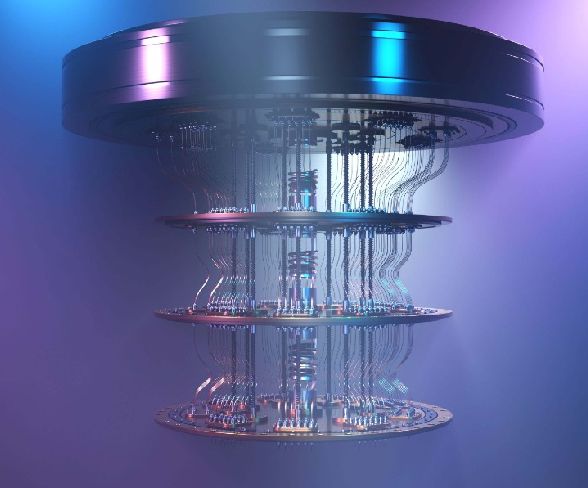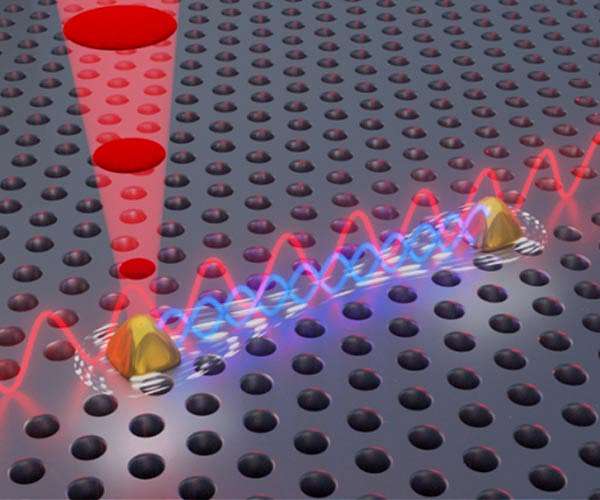
Entanglement is a unique and powerful feature of quantum mechanics. It allows two or more particles, such as photons of light, to become correlated in such a way that the state of one particle is immediately determined by the state of the other particle, regardless of the distance between them.
This phenomenon has been studied extensively in the field of quantum physics. It has important implications for the development of quantum technologies such as quantum cryptography and quantum computing.
Control two entangled quantum light sources simultaneously
Lately, an international team of researchers at the University of Copenhagen and Ruhr University Bochum, have had a breakthrough, where they now are able to control two quantum light sources rather than one.
The ability to generate stable entangled photon pairs is a crucial step in the development of quantum technologies.
The breakthrough has the potential to pave the way for the “quantization” of society’s computers, encryption, and the internet, said Professor Peter Lodahl, one of the researchers behind the study.
Entangled light sources
Researchers used entanglement to create a network of quantum light sources that can interact with one another in a powerful way. By controlling one of the entangled light sources, they can affect the other sources in the network.
This capability is build upon two decades of research in the area and provides a key insight into how the technology can be scaled up for practical applications.
Quantum light source that can emit 100 photons
Quantum bits, or qubits, have the ability to exist in multiple states simultaneously, which allows quantum computers to perform certain calculations much faster than classical computers. This property of qubits is called superposition.
In a classical computer, each bit can be either 1 or 0, but not both at the same time. In contrast, a qubit can be both 1 and 0 at the same time, allowing for much more complex calculations to be performed simultaneously.
In the study, researchers have developed a quantum light source that can emit just 100 photons. And contain more information than the world’s largest supercomputer can process.
By using 20-30 entangled quantum light sources, it may be possible to build a universal error-corrected quantum computer.
This is a significant step forward in the development of quantum technology, and many large IT companies are investing billions of dollars in research and development to make this a reality.

Quiet nanochips for precise control of each light source
One of the biggest challenges, according to Lodahl, in quantum technology has been to develop the ability to control and manipulate multiple quantum systems simultaneously.
To achieve this, the researchers needed to develop extremely quiet nanochips that would allow for precise control of each light source. This is because even slight disturbances or fluctuations can disrupt the entanglement of the light sources and cause errors in the quantum computation.
Takeaway
While the breakthrough in controlling and manipulating entangled quantum light sources is a significant advancement in quantum technology, it is not yet clear whether it can be easily scaled up to build large-scale, error-corrected quantum computers.
More research and development is needed to overcome the technical and fundamental challenges associated with quantum computing.
Overall, the breakthrough in controlling entangled quantum light sources is an important step towards realizing the potential of quantum technology, but much work remains to be done before it can be widely deployed in commercial applications.
Via: Space Daily



